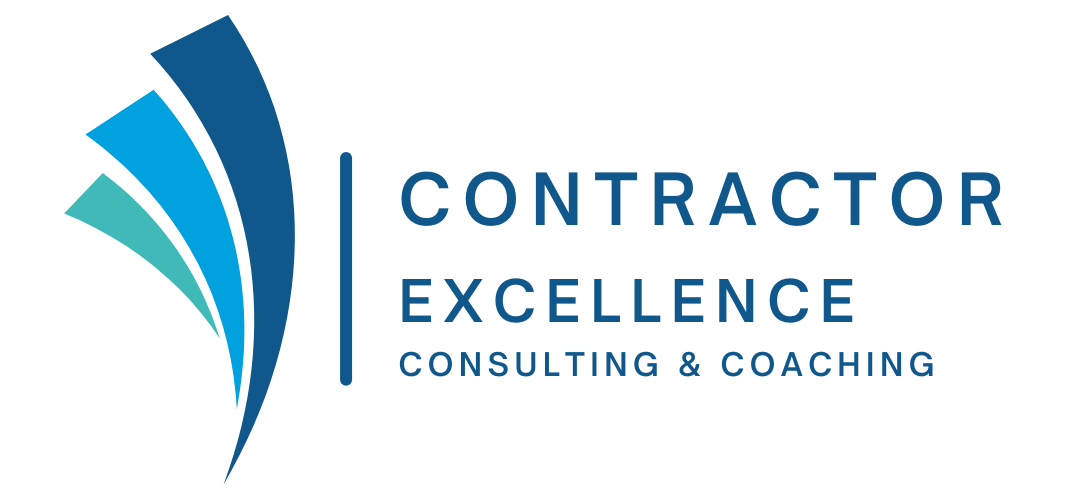Markup Versus Margin Pricing
Smarter Pricing Methodologies
When it comes to figuring out how much to charge for your products or services, countless methodologies exist. Sometimes – mostly in the retail world – the manufacturer suggests a price and dealers are, to some degree, expected to honor the MSRP. In the service world, it can be a free-for-all. A temptation exists to charge as little as possible to capture the deal, but there is also the temptation to charge as much as possible so that you can squeeze more profit out of the deal. Both extremes are risky. The best approach is somewhere in the middle, and it is different for every company and often varies depending on the situation.
Core Principles of Pricing
The core principle of pricing is that your price needs to be high enough to cover the costs of selling the product or performing the service while providing the company with enough profit to continue operating into the foreseeable future. Two of the pricing methodologies that tend to be popular in the home service trades are markup pricing and margin pricing.
Markup Pricing
Markup Pricing takes the costs of the product or service and adds a markup. Let’s say 50% in this example.
Cost of Materials: $100
Cost of Labor: $100
Total Direct Costs: $200
Add 50% Markup: $100 ($200 x 50%)
Selling Price: $300
Margin Pricing
Margin Pricing (which sounds like markup pricing but is actually quite different) adds a desired margin to the costs to arrive at a selling price.
Cost of Materials: $100
Cost of Labor: $100
Total Direct Costs: $200
Selling Price with
50% Margin: $400 ($200 ÷ 50%)
The reason that the two approaches create different results is because the margin approach starts with how much profit (or margin) you want to get and forces the price to yield that. Inversely, when you add a markup to the cost, you are adding only a percentage of the cost to get the price (not a percentage of the sales price). The same percentage applied to a smaller number yields a smaller number. It is just simple mathematics.
Markup Pricing Analysis:
$300 price with $200 in costs yields a margin of 33.3% ($100 / $300)
Margin Pricing Analysis:
$400 price with $200 in costs yields a margin of 50% ($200 / $400)
Conclusion
There are multiple ways to arrive at a price. The purpose of setting a good selling price is so that each sale will cover the costs of the sale and leave enough profit for the business to survive. Both the markup and the margin pricing add profit to costs and can be used to set a price, but a business owner must be careful not to think the two approaches are the same. They result in very different results. We discuss the effect of this more when in our discussions of benchmarks and key performance indicators.
Contractor Excellence Consulting & Coaching helps home service businesses like yours achieve profitable growth by focusing on seven key areas proven to drive success. With over 50 years of combined experience owning and operating home service businesses, our partners understand the challenges you face. We offer expert business coaching and creative design services to help you boost profits, streamline operations, and attract more customers.
Ready to transform your business? Schedule a free consultation today and discover how we can help you reach your full potential. Or, for ongoing support and exclusive resources, explore our subscription plans, which include one-on-one coaching and discounts on creative design.
Like What You See?
Sign into Your Free Membership Account to Read More

